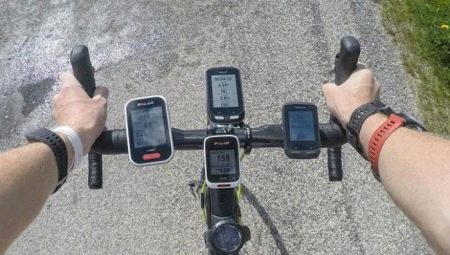A modern person is poorly aware of his life without a variety of gadgets, and if it is also a cyclist with the habit of traveling in unfamiliar places - even more so. Cars have long been equipped with on-board computers, and manufacturers realized that two-wheeled vehicles are also worthy of advanced equipment. Of course, most active contemporaries have a technological smartphone that can provide almost any useful information, but a bike computer mounted directly on the steering wheel, whatever one may say, is more convenient.
Another thing is that the unit must be correctly selected, and its novelty does not allow anyone to consider himself a specialist in this industry.
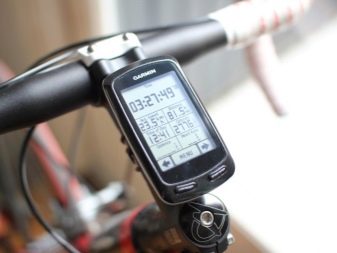
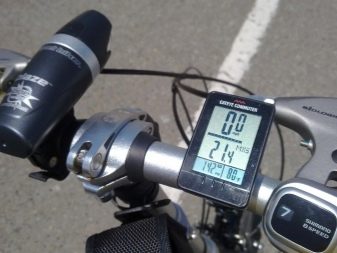
Criterias of choice
It is possible that many of our readers for the first time hear about a certain bike computer, so for a start it’s worth understanding what it really is. This device is capable of collecting and displaying various useful information, whether it is the distance traveled for today or for the season, the current location or condition of the cyclist himself, such as his pulse. This information is often not only interesting, but also useful - if you ride not only for pleasure, but also with the expectation of health benefits, such statistics will not hurt.
Theoretically, a smartphone can also cope with the task, if you put special programs on it, but the cycle computer is slightly better in this regard - it is adapted to work in specific conditions, less afraid of rain and snow, may have additional sensors, and is conveniently mounted on the steering wheel.
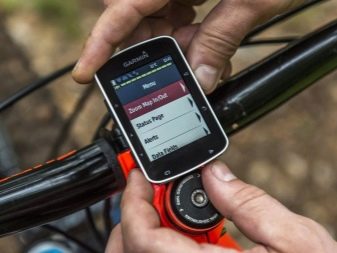
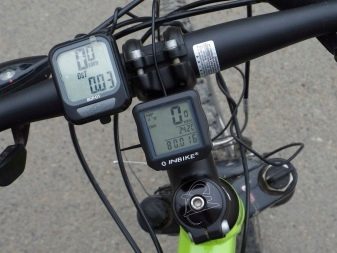
As in most similar cases, before choosing a specific model you should answer your questions about what information you want to receive from the on-board computer and why, what additional functions are considered as potentially useful and how much money you have. Depending on the answers, you will most likely classify yourself as one of three groups.
- Lovers. A bicycle for you is just transport, you go to work on it or it is one of the options for your relaxation. The distance covered, the current speed and the time spent on the trip - that’s all the data you need.
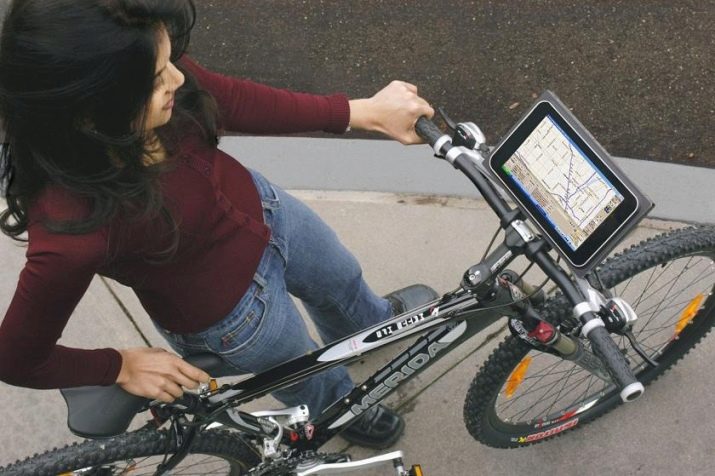
- Semi-professionals. You can’t be called a professional, but you don’t get off your bike voluntarily - this is your favorite pastime. Such a person cannot be intimidated by a many-day bicycle trip, and although he does not participate in competitions, he is ambitious. This means that the bike computer, in addition to the above information, is obliged to remember the best moments like mileage for the whole season, best speed (and average too), maximum altitude.
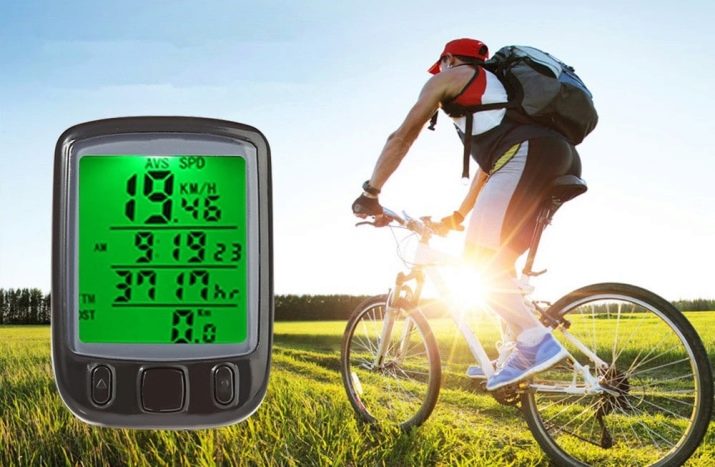
- Professionals. Cycling is not just entertainment, but serious training. Everything is important here, including one’s own state: the pulse, the consumption of kilocalories and much more matter.

Theoretically, any of these tasks is solved by a smartphone with software, but its battery runs out quickly, you can’t attach it to the screen, and moisture and mechanical damage are fraught with the death of the device. A fitness monitor is already a little better, however, its scope is too diverse, because it is also suitable for running, hiking and swimming. This is both a plus and a minus: on the one hand, the gadget is useful even when you are not on two wheels, on the other hand, you need to configure it every time you change the type of activity, and you can forget about it in a hurry.
Accordingly, it is better to choose a good bike computer, which has already been sharpened specifically for use in cycling, has special mounts, is compact, is not afraid of water or shock.
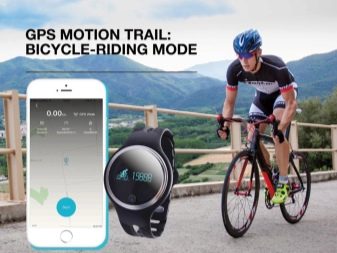
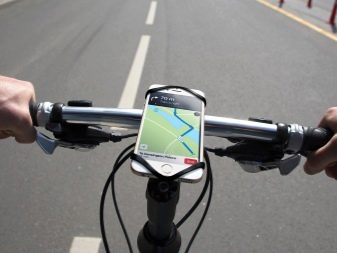
Globally, bicycle computers are divided into magnetic and GPS, the difference between them is enormous. Magnetic models are a magnet mounted on a spoke and a sensor mounted on a plug: the distance traveled and speed are determined by the number of spans of the magnet past the sensor, and although this is a very economical, reliable and durable unit, all of its data suffers from approximation.
Magnetic bike computers by the type of connection with the visualization unit are divided into wired and wireless, the drawback of the first is obvious: the transport looks entangled with extra wires, and they can also tear or cling to obstacles. GPS-based models weigh more and cost more and need regular recharging, but with this unit you will never get lost, you can effectively build routes and even use the device outside the bike.
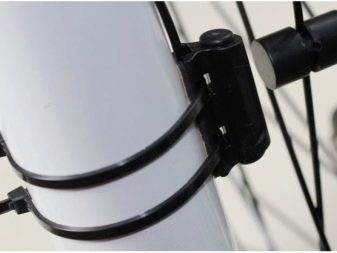
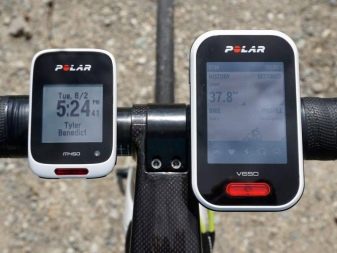
Someone needs additional functions, but someone seems to be an excess, not worth the overpayment. Let's say backlight - A useful thing if you often ride in the dark, but even without a bicycle light, you are unlikely to use it.
Many consumers are willing to pay extra for the battery, which does not last longer, but for short trips it makes no sense, because the same smartphone lasts 5-8 hours, the GPS bike computer lasts up to 20 hours, and magnetic models are generally “immortal” and live on the same battery for several years.
For serious data processing, it may be necessary to export them to a PC - magnetic models almost never have such an option, but in terms of display type they are usually better than any other, even bright sunlight does not interfere with excellent readability of information.
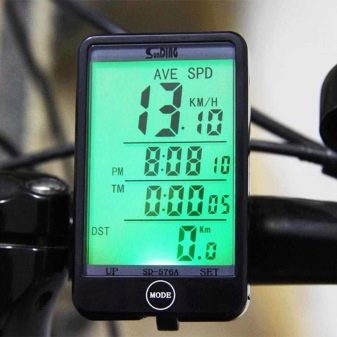
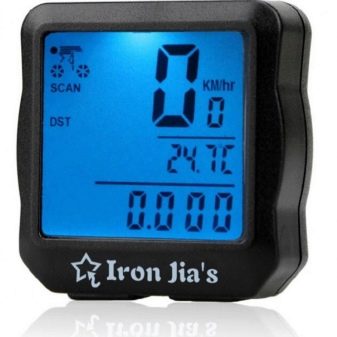
Top brands
All over the world, consumers, not wanting to go into the jungle of technical characteristics of this or that equipment, prefer simply to trust a brand that has been tested for decades and is in demand right now. This is not a perfectly correct approach to the selection of goods, allowing for the possibility of error in determining the appropriate model, but the buyer, as a rule, is not disappointed in the quality of the acquisition.
Another thing is that bicycle computers are relatively new technology and are not manufactured by super-recognizable companies like Samsung. All manufacturers started in a particular industry recently, and therefore have approximately equal positions.
Highlighting some of them, we rely on data no longer than several years and in many respects this is an advance, so be careful.
- Echowell. The Taiwanese manufacturer is interesting at least in that a significant part of its products are precisely bicycle computers, although the history of the company began almost forty years ago. She also produces pocket radios and some small accessories, but in our country certain devices for cyclists brought her some fame, which is already attracting attention.
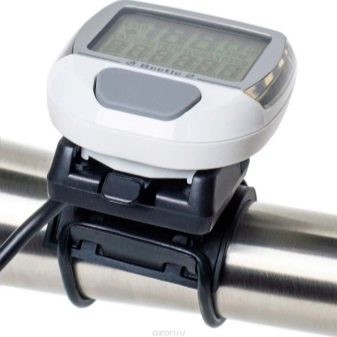
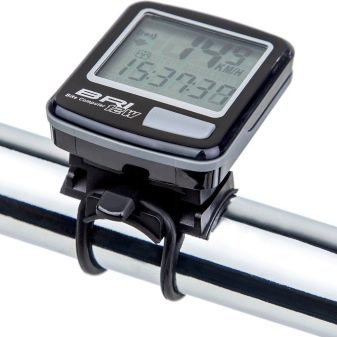
- Sigma. The Ukrainian brand at one time began as a manufacturer of mobile phones, not ordinary ones, but those that are called "grandmothers." By the way, the official website claims that it was their company that came up with the term. Such units differed not so much in functionality as in simplicity and reliability, as well as “indestructibility”, and these are exactly the features that a bicycle computer needs so much.
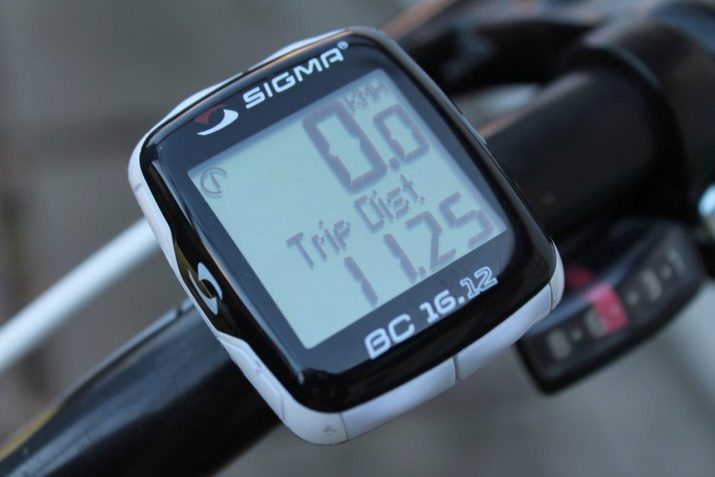
- Garmin. Due to the unusual name, the brand is often considered French, but in reality it is the same Taiwan. A company with thirty years of history at one time greatly contributed to the growth of mass demand for the nowadays popular GPS technology and today it is among the official partners of the world's leading automakers. It is not surprising that over time the company decided to tackle the equipment of bicycles, and it is not difficult to guess what type of cycle computer it prefers.
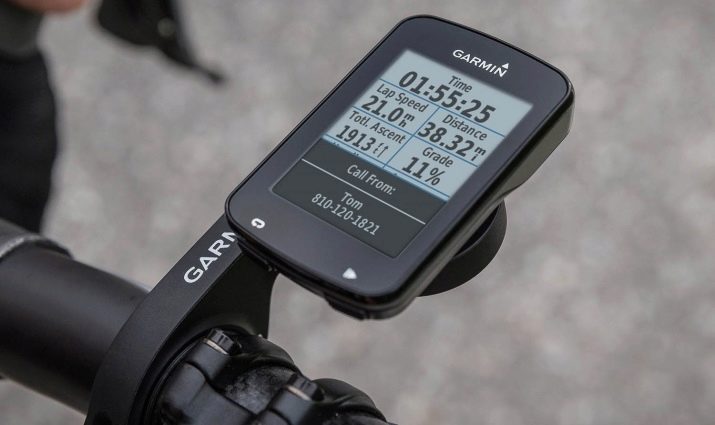
Rating models
As it became clear above, a computer for a bicycle is a very loose concept. Comparing them, so different, is actually quite difficult, because our top will do without allocating places - taste and felt-tip pens are different, and it’s silly to advise the reader an expensive and sophisticated unit if he needs a minimum of functions from him. Therefore, any comparisons will be absent, and we will only consider models of bicycle devices that have earned consumer attention this year.
- Echowell beetle-1 - An example of the fact that the unit can cost a penny (700-800 rubles), but it works properly. The error is not more than 10 meters per kilometer - this is far from the most accurate unit, but for everyday use it is not a problem. The model’s mount is quick-detachable - the device will not be stolen if you always take it with you.
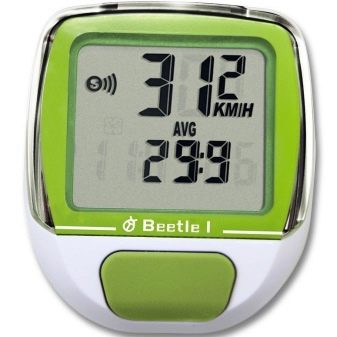
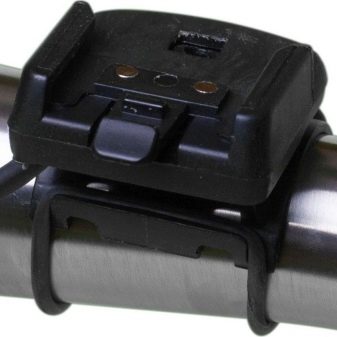
- Echowell U4 - add 150 rubles to the cost of the above model and get a number of advantages. So, this bike computer can summarize the distances covered and calculate the amount for several trips, and it automatically switches screens, displaying in turn all the useful information without any user commands.
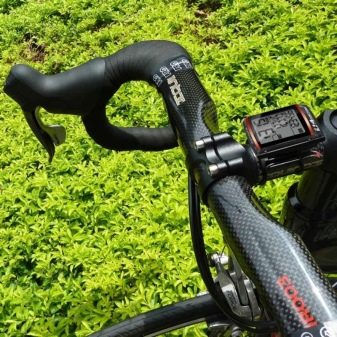
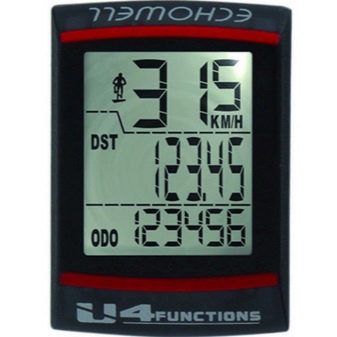
- Sigma pure 1 It costs a good 2 thousand rubles, but this cost is due to the fact that this unit is wireless, which means you will not get confused in the wires. The mount here is universal, tuning is done within a minute.
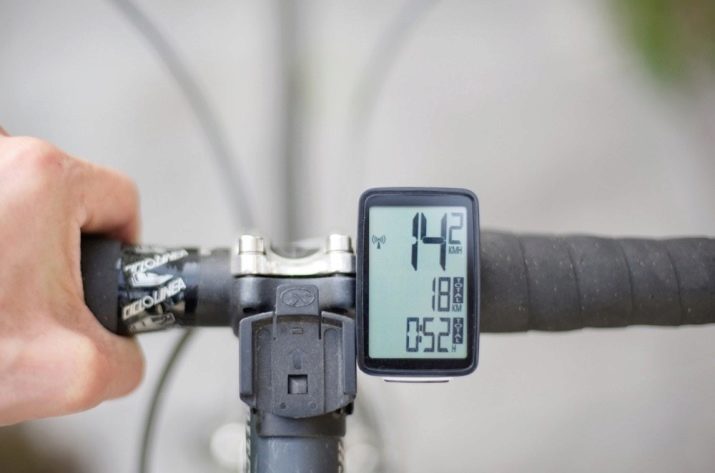
- Sigma Sport BC 14.16 for 3 thousand rubles it gives much more information than all the competitors described above, for example, here you can even find data on altitude and the slope of the road, climb is shown during the trip. If there is not enough natural light, the built-in backlight helps to solve the problem.
Thanks to bluetooth, this model can transfer the collected information to a smartphone, replacing a smart watch.
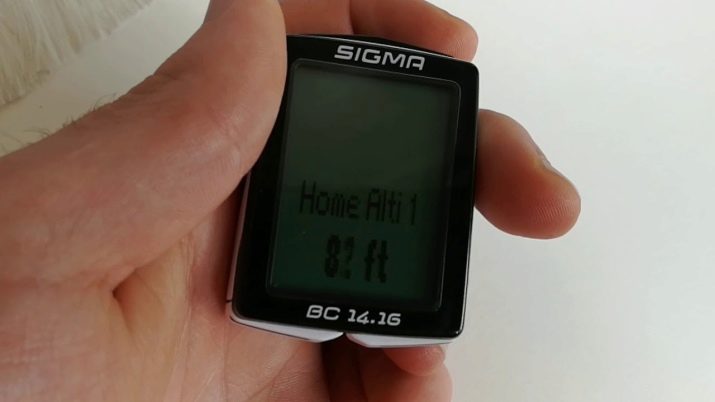
- Garmin Edge 520 - it is a bike computer that costs more than many budget bikes. Of course, the flow of information: the built-in thermometer records the ambient temperature, there is an option to connect sensors for measuring heartbeat, there is even a radar that "senses" the approach of the car! A two-system navigator allows you to not only determine your location, but also to build complex routes through 200 points.
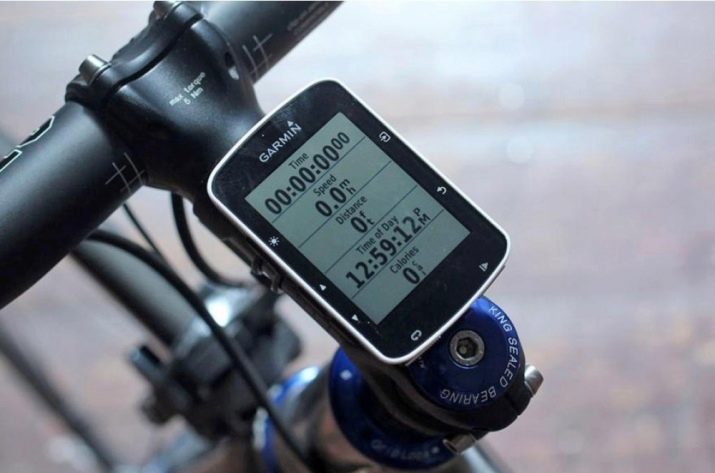
Budget Models Overview
For many people who are first acquainted with the bike computer and do not set themselves outstanding sporting tasks, it is not so much brand awareness and manufacturability that are important as low prices.China continues to overwhelm our country with inexpensive products and we must admit that some models for their money are even nothing. Here are some of them.
- West Biking. The price of 900 rubles with copecks cannot be considered the minimum, but units of this price category are usually devoid of highlighting. Here it is immediately in two versions: with constant highlighting and with short-term inclusion.
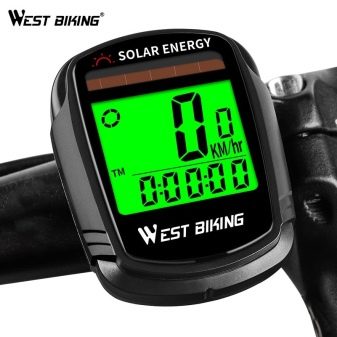
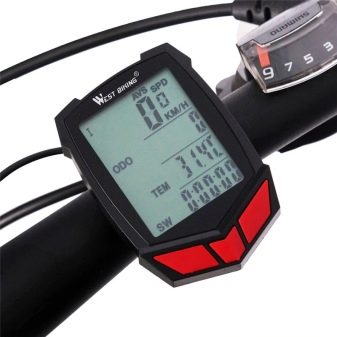
- Giyo. 2.5 thousand rubles may seem like a high cost only for those who have not read about the capabilities of this unit. The device even monitors the heartbeat of the owner and wirelessly transfers all the received information to the screen. Without recharging, such a computer lasts five days without using the backlight, and that one is designed for three different lighting modes.
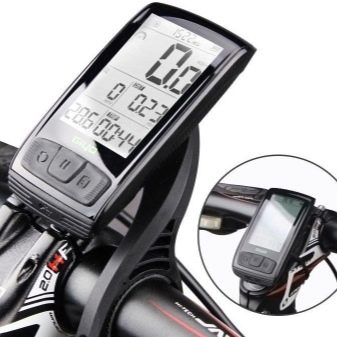
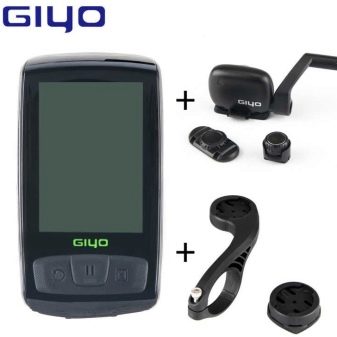
- YT-813. This model, even compared with the simplest brand ones, costs a penny - just 500 rubles. At the same time, some “bells and whistles” are even present for her, for example, she fixes temperature and humidity, and you yourself configure what exactly should be displayed on the screen.

Next, watch a video with tips on how to choose a bike computer.
